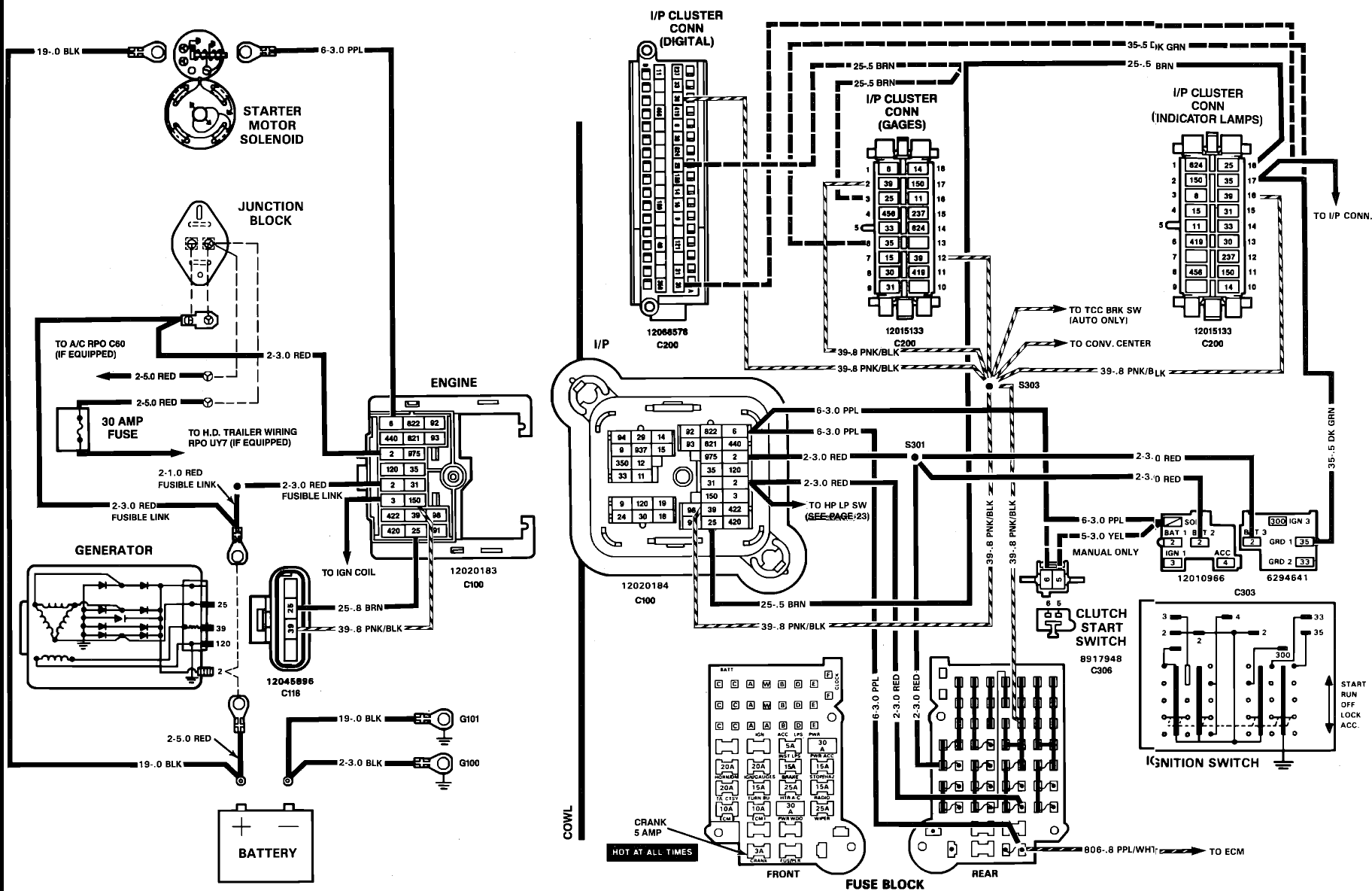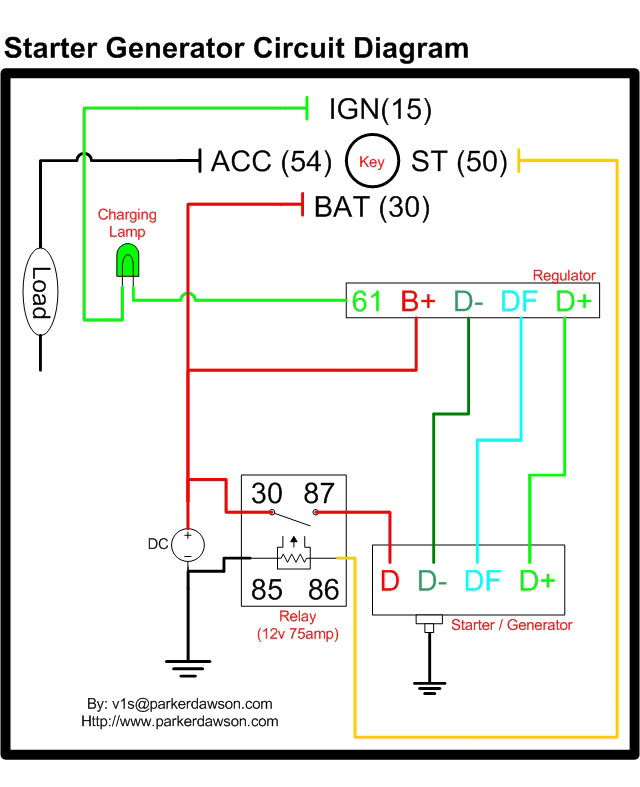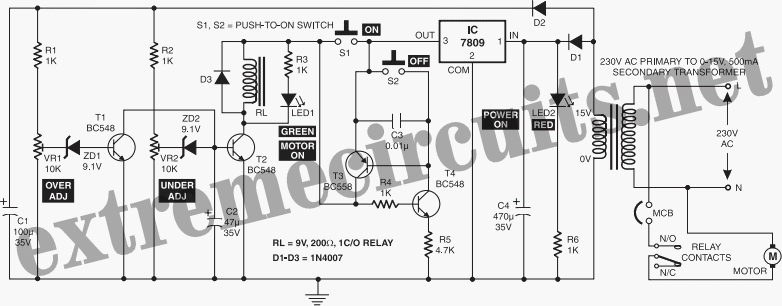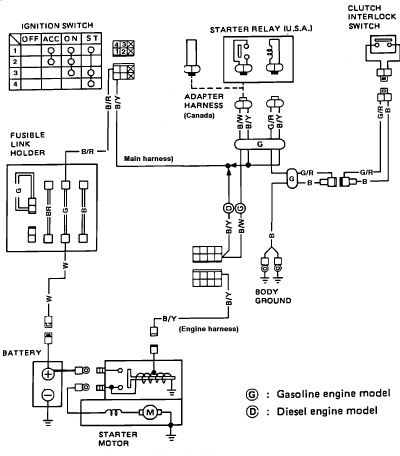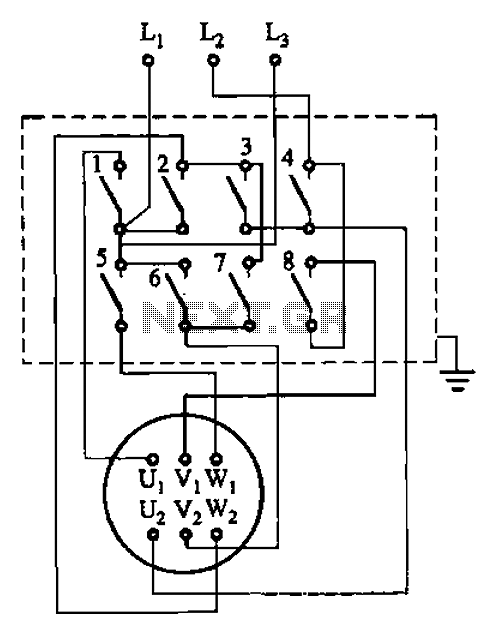
Lawn Mower Starter
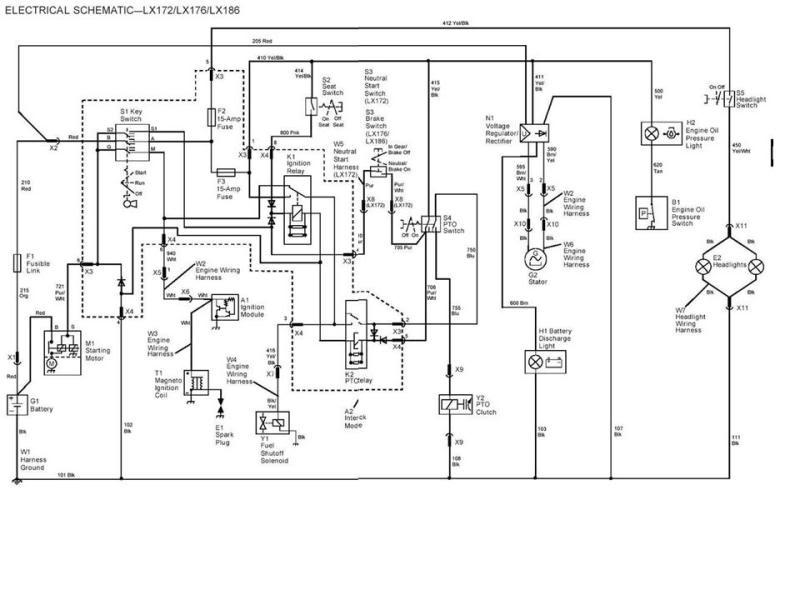
The JD mower has been experiencing inconsistent starting issues. The starter occasionally activates, but more frequently it does not. After a prolonged wait, it may start. A suggestion was found online to add a relay to the circuit, as the existing circuit may not provide sufficient power to engage the solenoid and/or starter. This modification worked temporarily, but the problem has recurred. The starter and solenoid were removed and power was applied to them.
To address the starting issues of the JD mower, a relay can be integrated into the starting circuit to enhance the power delivered to the starter solenoid. The existing circuit may be insufficient in providing the necessary current, leading to erratic behavior.
The proposed schematic will include a relay rated for the appropriate voltage and current specifications of the mower's electrical system. The relay should be a 12V automotive relay, which typically features four or five terminals. The coil terminals (85 and 86) will be connected to the ignition switch, allowing the relay to be activated when the ignition is turned on.
The normally open (NO) terminal (30) will connect to the battery positive terminal, while the common terminal (87) will connect to the starter solenoid. This configuration ensures that when the ignition is activated, the relay closes the circuit, providing a direct path from the battery to the solenoid, thus supplying adequate current to engage the starter.
Additionally, it is advisable to include a fuse in line with the battery connection to protect the circuit from potential overloads. A diode may also be added across the relay coil terminals to prevent back EMF from damaging the ignition switch when the relay is deactivated.
By implementing this relay system, the reliability of the starter engagement should improve, reducing the frequency of starting issues. Regular maintenance and inspection of electrical connections will further enhance the performance and longevity of the mower's starting system.My JD mower, for quite awhile now, has been very erratic at starting. Sometimes the starter will activate, but more often it will not. Yet after a long wait it will sometimes start. I found a tip on the internet, recommending puting a relay in the circuit. The explanation being that the circuit doesn`t have enough oomph to drive the solenoid and/or starter. So I did that, and it worked last time. But today - the same old problem. Pulled the starter and solenoid off, applied power to. 🔗 External reference
To address the starting issues of the JD mower, a relay can be integrated into the starting circuit to enhance the power delivered to the starter solenoid. The existing circuit may be insufficient in providing the necessary current, leading to erratic behavior.
The proposed schematic will include a relay rated for the appropriate voltage and current specifications of the mower's electrical system. The relay should be a 12V automotive relay, which typically features four or five terminals. The coil terminals (85 and 86) will be connected to the ignition switch, allowing the relay to be activated when the ignition is turned on.
The normally open (NO) terminal (30) will connect to the battery positive terminal, while the common terminal (87) will connect to the starter solenoid. This configuration ensures that when the ignition is activated, the relay closes the circuit, providing a direct path from the battery to the solenoid, thus supplying adequate current to engage the starter.
Additionally, it is advisable to include a fuse in line with the battery connection to protect the circuit from potential overloads. A diode may also be added across the relay coil terminals to prevent back EMF from damaging the ignition switch when the relay is deactivated.
By implementing this relay system, the reliability of the starter engagement should improve, reducing the frequency of starting issues. Regular maintenance and inspection of electrical connections will further enhance the performance and longevity of the mower's starting system.My JD mower, for quite awhile now, has been very erratic at starting. Sometimes the starter will activate, but more often it will not. Yet after a long wait it will sometimes start. I found a tip on the internet, recommending puting a relay in the circuit. The explanation being that the circuit doesn`t have enough oomph to drive the solenoid and/or starter. So I did that, and it worked last time. But today - the same old problem. Pulled the starter and solenoid off, applied power to. 🔗 External reference
